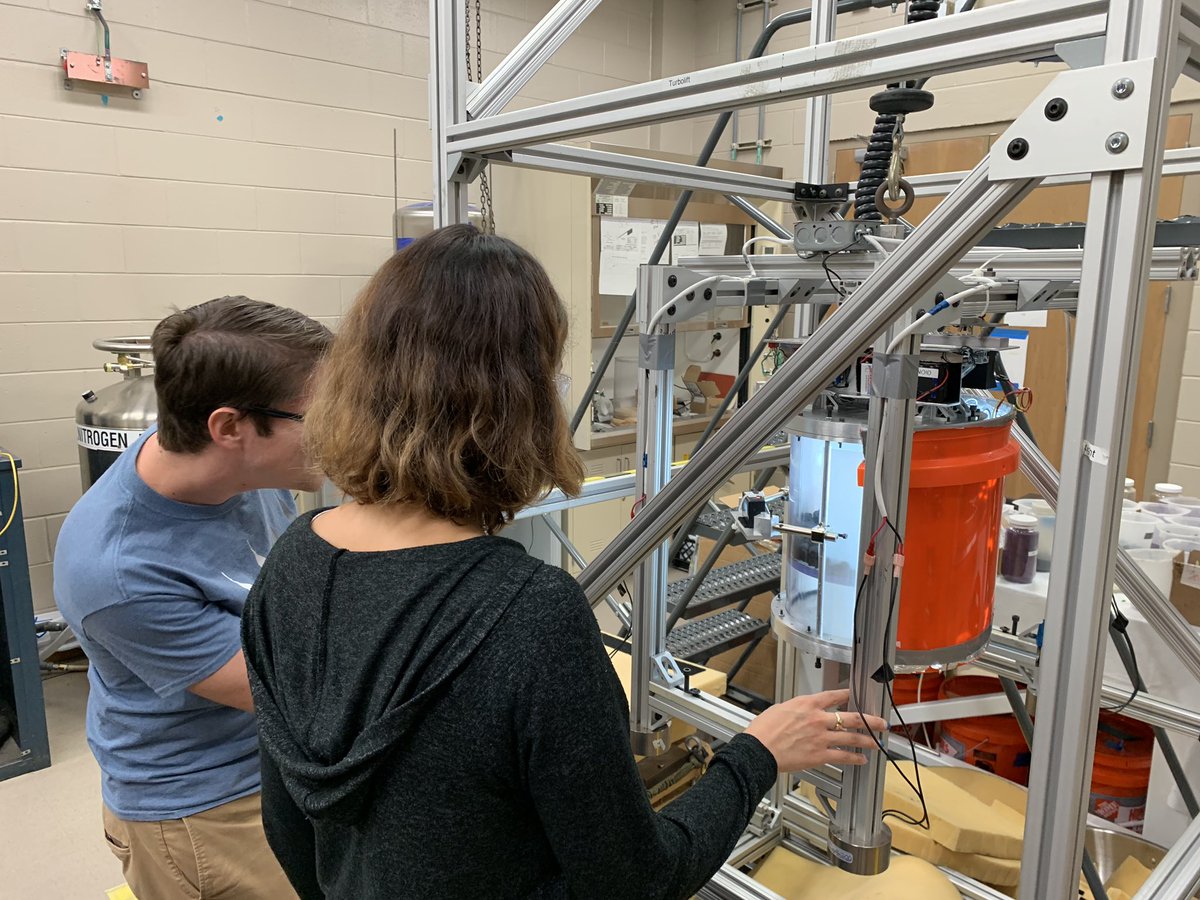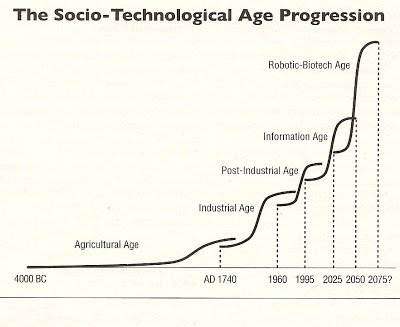The real reason SpaceX is putting up a mega-constellation at this time is because of the laws of nature. It was inevitable.../1


OK, now this argument will switch gears. (First, dinner break; I will return shortly)























